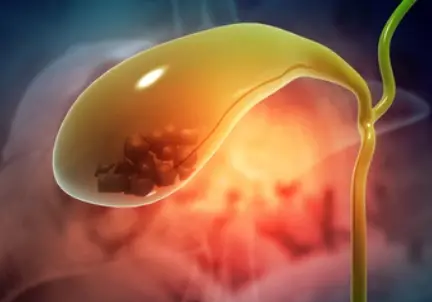 Welcome
Welcome
“May all be happy, may all be healed, may all be at peace and may no one ever suffer."
Renal osteodystrophy - Generics
Renal osteodystrophy is a bone disease that occurs as a complication of chronic kidney disease (CKD). The disease is characterized by various changes in bone mineral metabolism, such as abnormal levels of calcium, phosphorus, and vitamin D, which can lead to bone abnormalities.
In healthy individuals, the kidneys play a crucial role in maintaining a balance of calcium and phosphorus in the blood, as well as producing active vitamin D. However, in individuals with CKD, the kidneys are not able to function properly, leading to abnormalities in bone metabolism.
There are several types of renal osteodystrophy, including osteitis fibrosa cystica, adynamic bone disease, and mixed osteodystrophy. Osteitis fibrosa cystica is characterized by an increase in bone resorption, resulting in the formation of cysts and fibrous tissue. Adynamic bone disease, on the other hand, is characterized by a decrease in bone turnover, resulting in weaker bones. Mixed osteodystrophy refers to a combination of both of these conditions.
Symptoms of renal osteodystrophy can include bone pain, fractures, and bone deformities. Diagnosis is typically made through blood tests to measure levels of calcium, phosphorus, and vitamin D, as well as imaging studies such as X-rays, bone density scans, and bone biopsies.
Treatment for renal osteodystrophy involves addressing the underlying cause, namely the CKD. This may involve dietary changes to control levels of calcium and phosphorus, as well as medications to regulate levels of vitamin D and other minerals. In some cases, surgery may be necessary to correct bone deformities or fractures.
Prevention of renal osteodystrophy involves proper management of CKD, including controlling blood pressure and blood sugar levels, avoiding tobacco and excessive alcohol consumption, and following a healthy diet and exercise regimen. Close monitoring and early intervention can also help to prevent the development of bone abnormalities associated with renal osteodystrophy.

Regional anesthesia

Cervical priming

Endometrial cancer

Cholecystitis

Cough & runny nose

Pink eye

Pulmonary thromboembolism

Migraine prophylaxis
Renal osteodystrophy, রেনাল অস্টিওডিস্ট্রফি
To be happy, beautiful, healthy, wealthy, hale and long-lived stay with DM3S.